Having spent some time evaluating all the pieces I made for Projects 1 and 2, I felt that the following were the most successful, either as pieces in their own right or as a springboard to further ideas/samples.
Project 1 – Joining
Exercise 1 – Straight flush edges
Exercise 2 – Straight edges with a gap
These samples could be intepreted in a wide range of media, using many different tying and body materials. In addition to the obvious corsetry and garment interpretations, these techniques would be interesting to explore in the context of fabric/textile journals or handmade books; on a larger, sculptural scale using ropes, cords; on stronger base materials such as clay, wire, stiffened or woven fabric.
Exercise 3 – Curved edges
Joining curves presented more challenges than joining straight edges but also revealed some exciting opportunities for development. I have begun exploring some of these pieces specifically for development into patterns (see sketchbook pages) and can see lots of scope for further developing these for stitching, print, repeating patterns and in embossing.
Exercise 4 – Overlapping edges
- Gelli-printed wipes and paper fasteners
- Gelli-printed wipes and paper fasteners reverse
These samples were selected as producing good shapes, interesting textural contrasts and exciting colour changes. The samples with the translucent plastic wrappers and the translucent fabric could be taken further, adding further layers, stitching, cutting back and burning away to reveal additional layered colours.
Exercise 5 – Forming corners and angles
With the corners and angles pieces, some were not very successful at all (the foam and weavette sample for example). Of the pieces completed, these were the two samples I felt offered most interest. The foam and paper fasteners provided good shapes and could be further developed using methods such as those used by one of my chosen artists, Hsiao-Chi Tsai in her Wonderland Collection. The jewellery wire was used in a fairly conventional way to form what might be used as a notebook or journal spine. However, the wire is very adaptable and much more interesting shapes could be developed to create unusual spine structures and shapes. Larger pieces using thicker wire on sturdier materials might also be exciting to explore.
- Cardboard tubes and paper fasteners
- Cardboard tubes and paper fasteners
These extended samples were inspired by two of my chosen artists, Hsiao-Chi Tsai and John Bisbee. I like the ethereal nature of the naturally-dyed felt and hand-spun yarn – the way the fishing line makes it look like the individual pieces are suspended by magic, floating in mid-air.
The cardboard tubes are so everyday but create strong, dramatic shapes with sturdy structure. Joining with the metal fasteners represents industrial rivets; bold, tactile and reflecting light. Although a far cry from Bisbee’s nails, they use the essence of the material in a much “softer” context. There is some work to do here about how this could be extended into textiles. Perhaps felting around shapes and adding stitched texture or embossing or exploring the techniques used by one of my assignment one artists, Anneke Copier?
Project 2 – Wrapping
Exercise 1 – Straight wrapping with threads (part one)
- Hand-dyed wool yarn
Although I found this exercise frustrating, there is a simplicity in the colours and textures of this piece that I find pleasing. This would make an interesting basis for a pattern repeat, worked in stitch, quilting or perhaps couched threads.
Exercise 1 – Straight wrapping with threads (part two)
These samples were selected as offering strong texture, colour and contrast. They also provided considerable inspiration for the later extension pieces, exploring clothing, perception, body image.
Exercise 2 – Wrapping with materials and threads
- Jug with giftwrap and twine
- Jug with elastic bands and clingfilm
- Jug with nylons and yarn
- Jug with bubble wrap and yarn
The potential in these pieces is more apparent when reviewing them later in photography. I’d like to do some photo-manipulation with these pieces, exploring pattern repeat, shape and texture.
Exercise 3 – Uneven wrapping (part one)
- Artist’s mannequin and nylon tights
- Artist’s mannequin and nylon tights
- Artist’s mannequin and nylon tights
- Artist’s mannequin and weavette squares
- Artist’s mannequin and weavette squares
- Artist’s mannequin and weavette squares
Exercise 3 – Uneven wrapping (part two)
- Do you see what I see? Silk-wrapped skull
- Do you see what I see? Silk-wrapped skull
Exercise 3 – Uneven wrapping (part three)
- Skull with foil
- Skull with foil
- Skull with clingfilm
- Skull with clingfilm
Despite my reservations about the wrapping exercise in the early stages, on revisiting these extended pieces for sorting, I can see some very interesting ideas for development. The pieces are influenced by the work of Carole Baillargeon and I would like to take this further working with the concept of the hidden body and body image and how we interpet what we see.
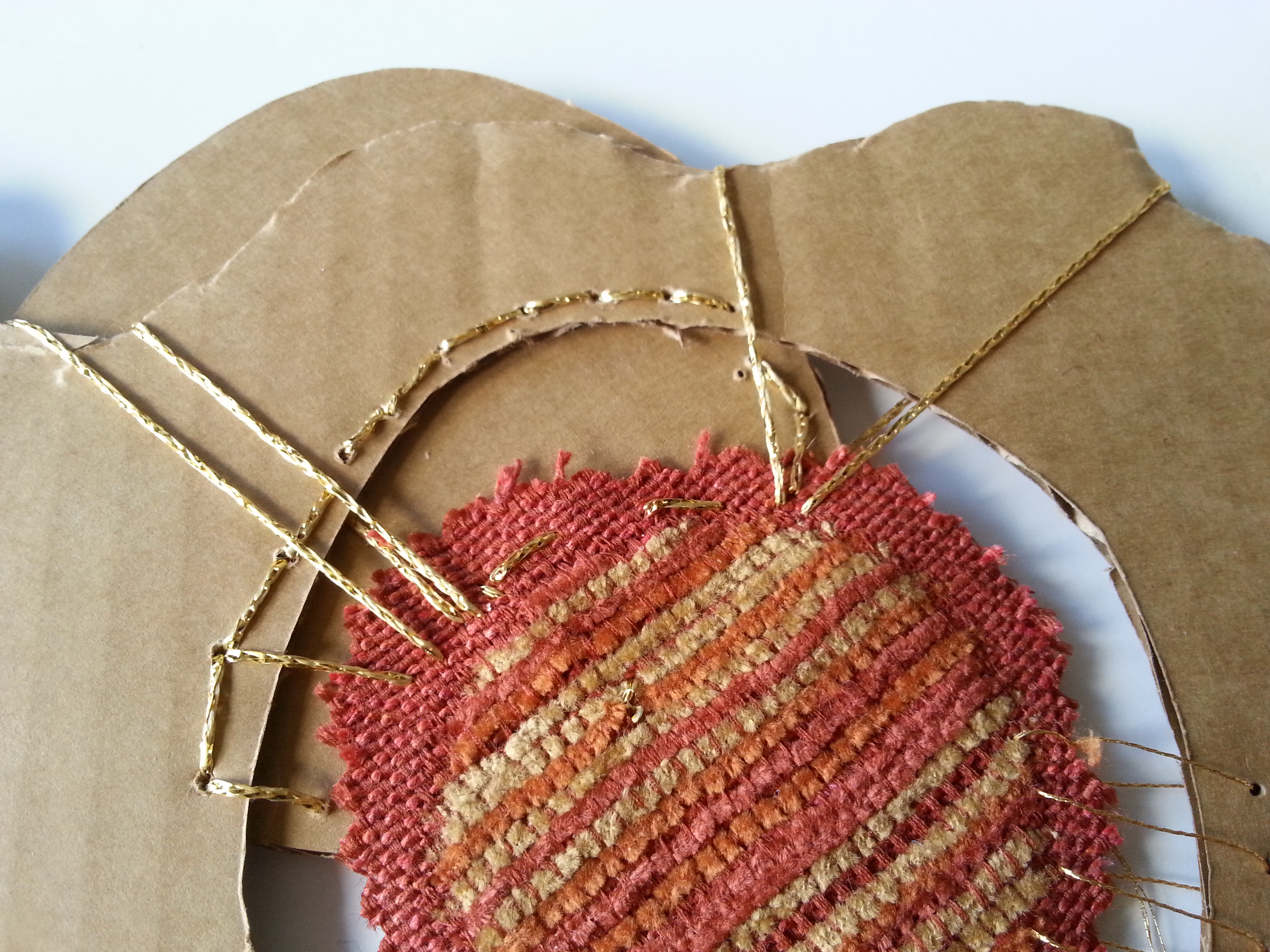
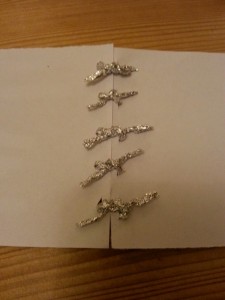
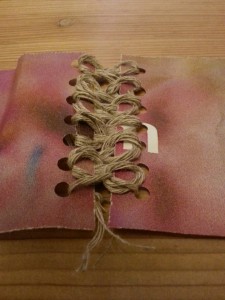
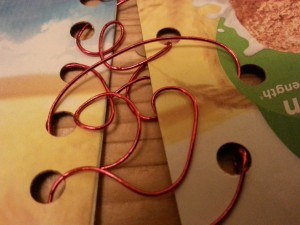
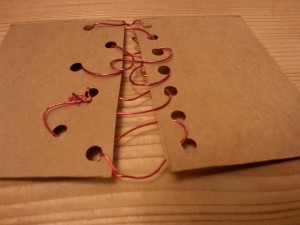
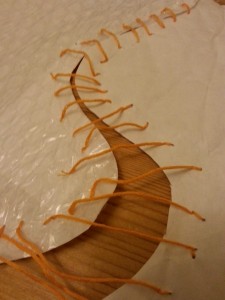
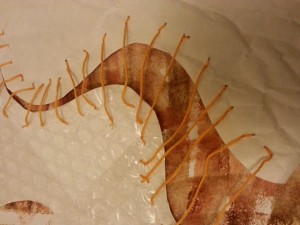
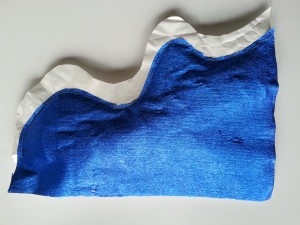
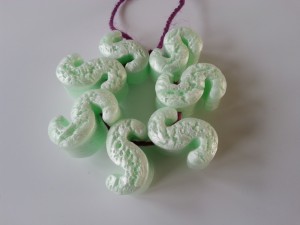
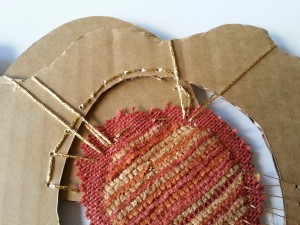
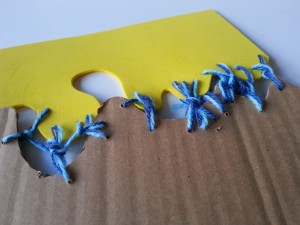
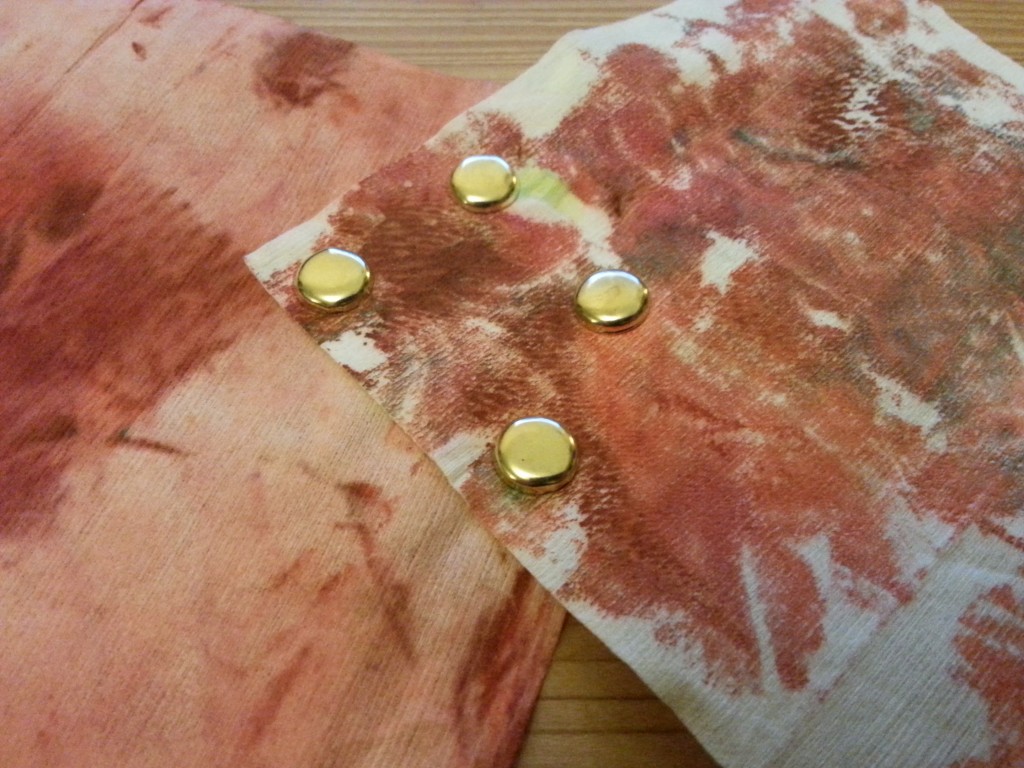
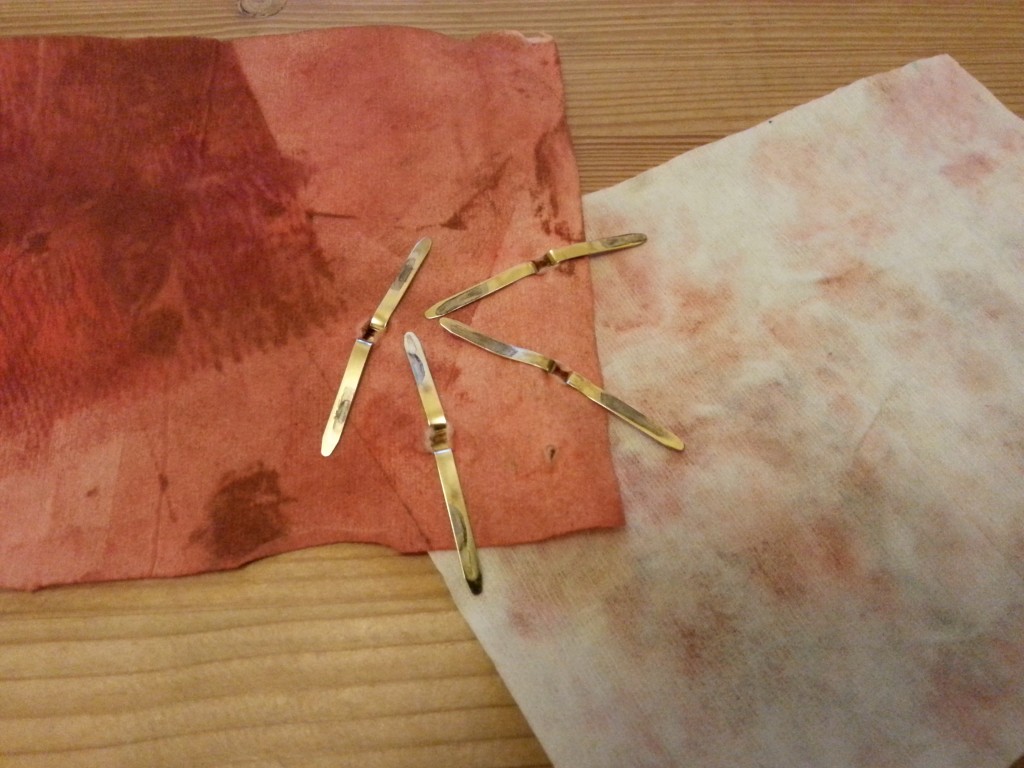
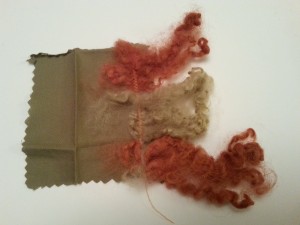
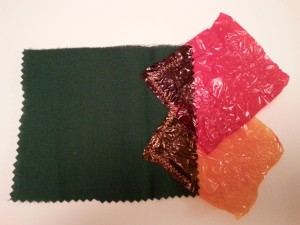
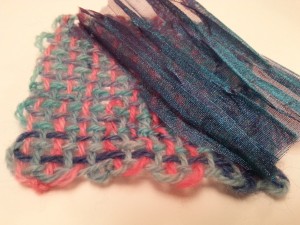
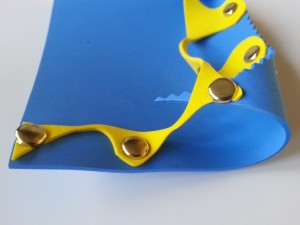
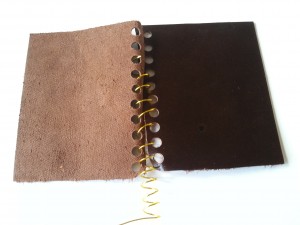
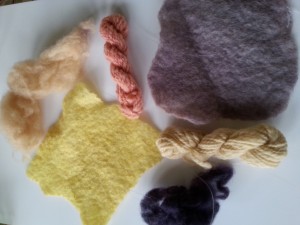
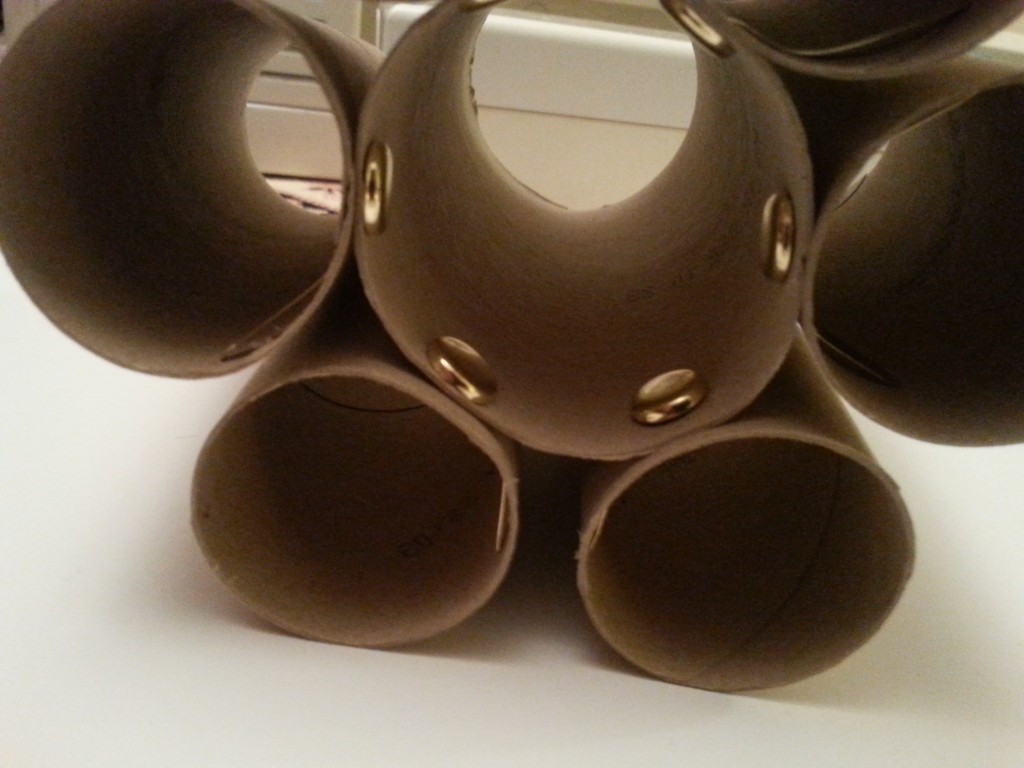
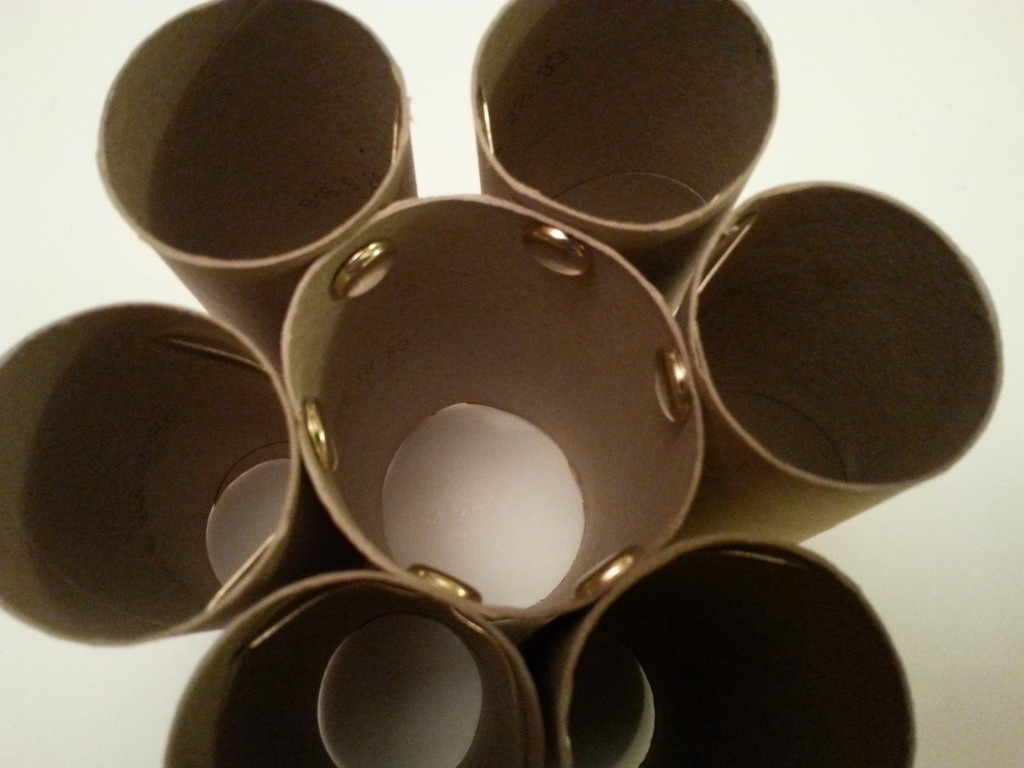
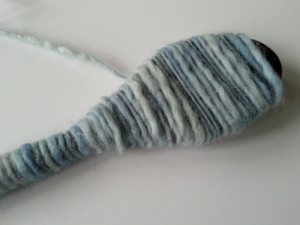
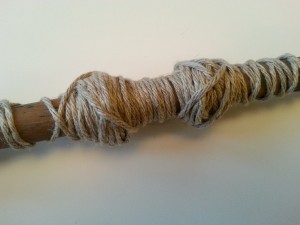
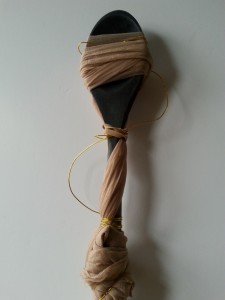
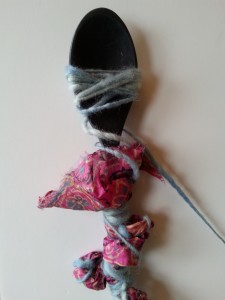
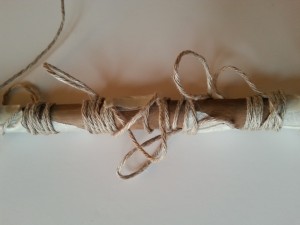
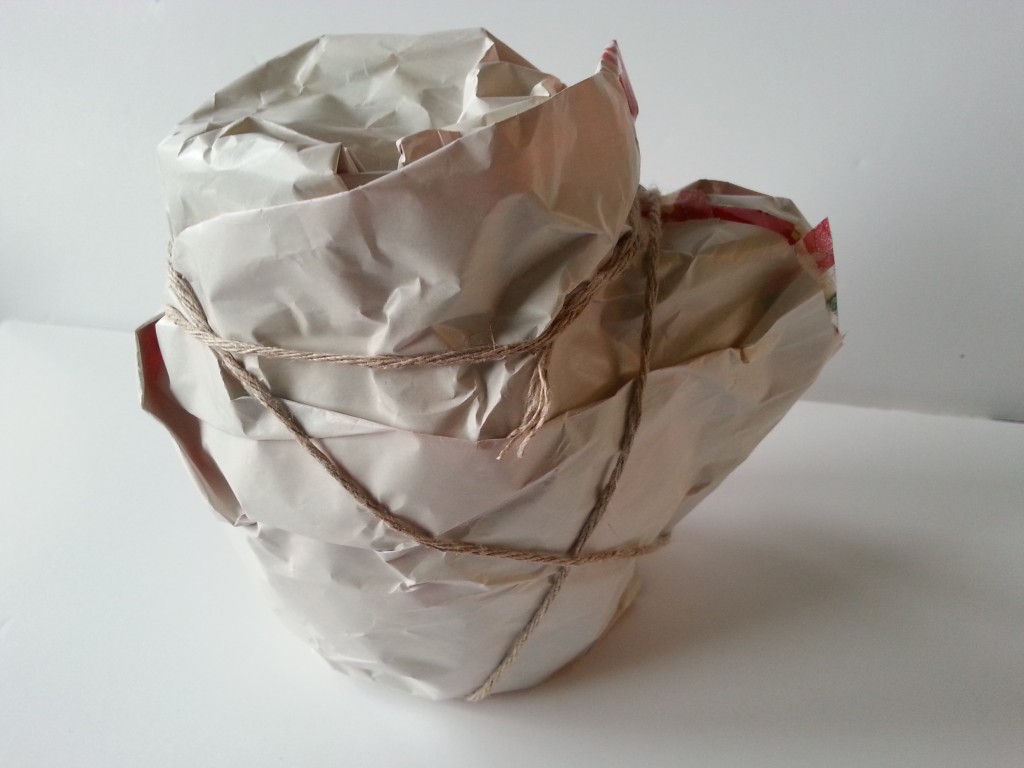
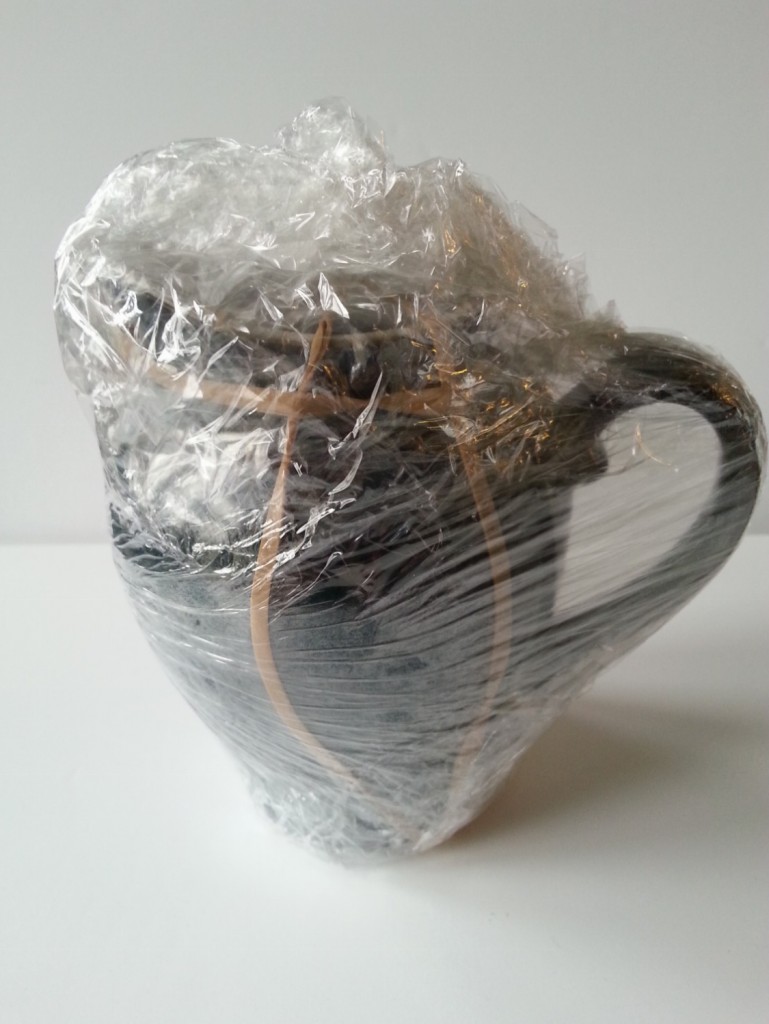
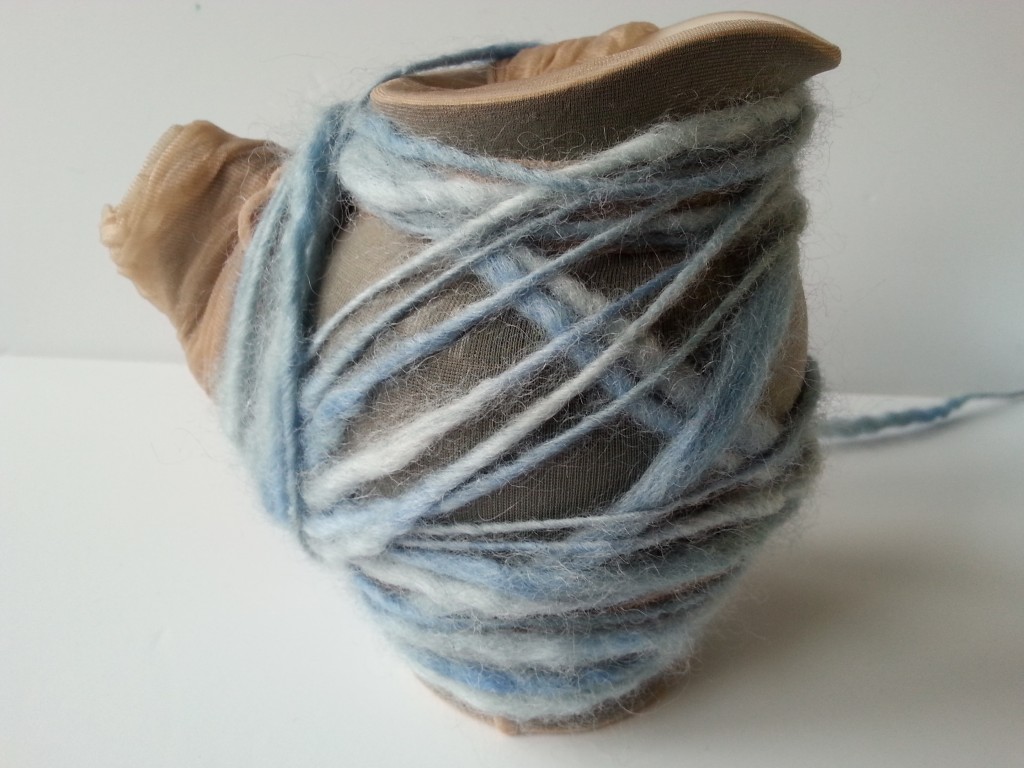
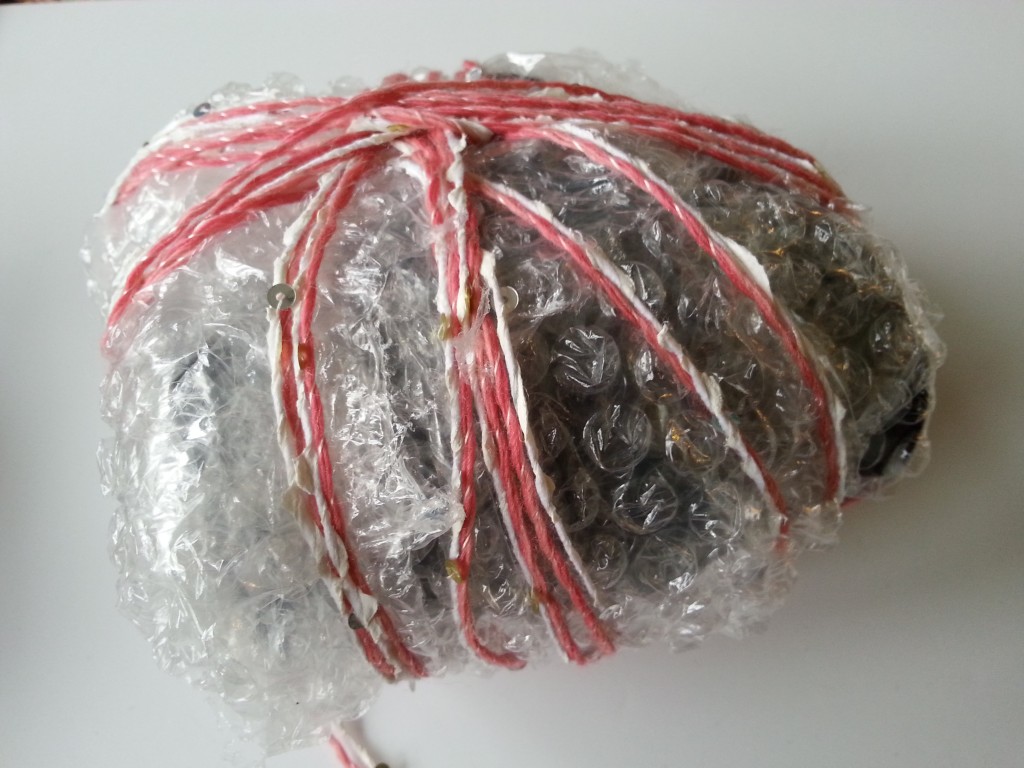
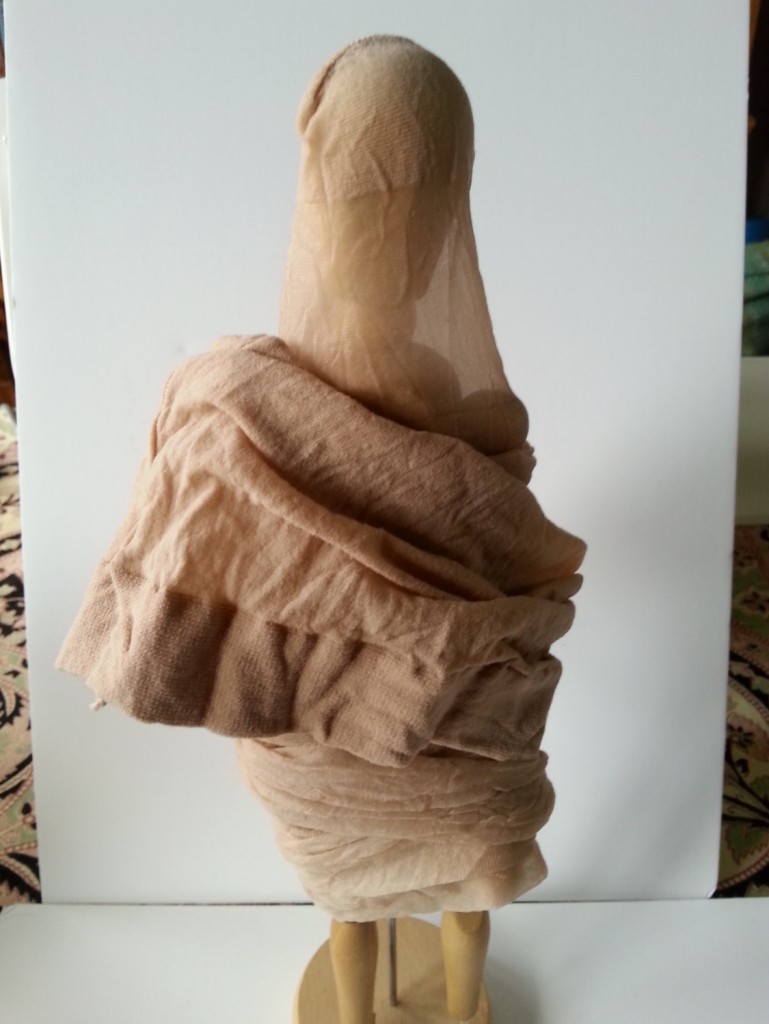
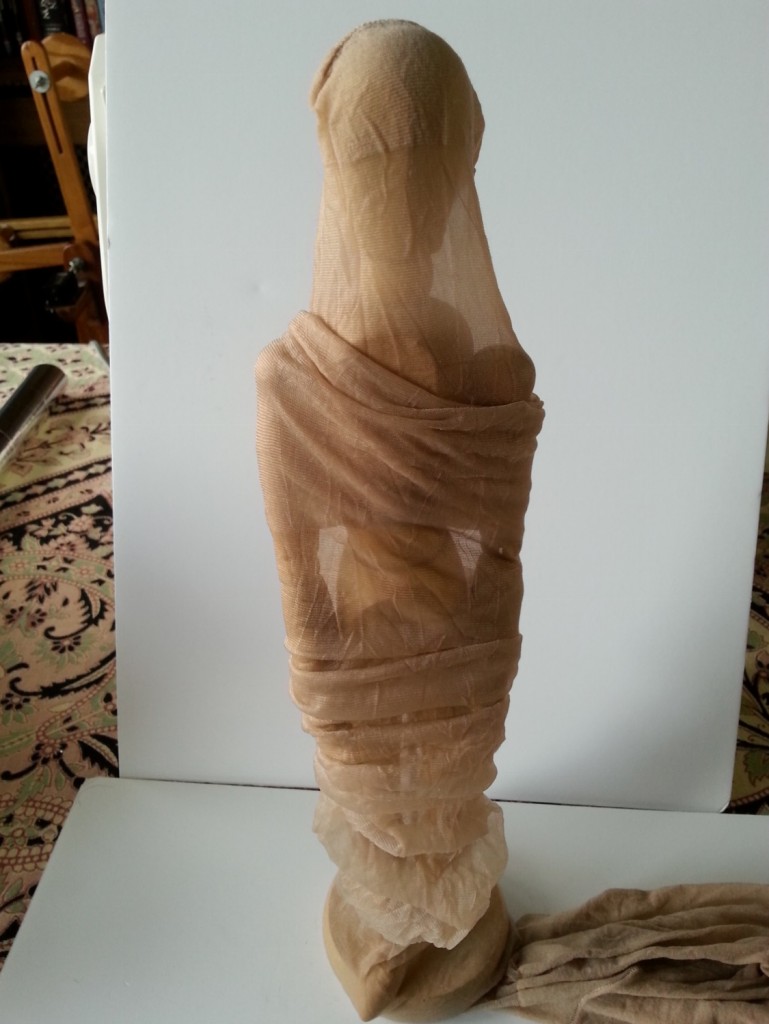

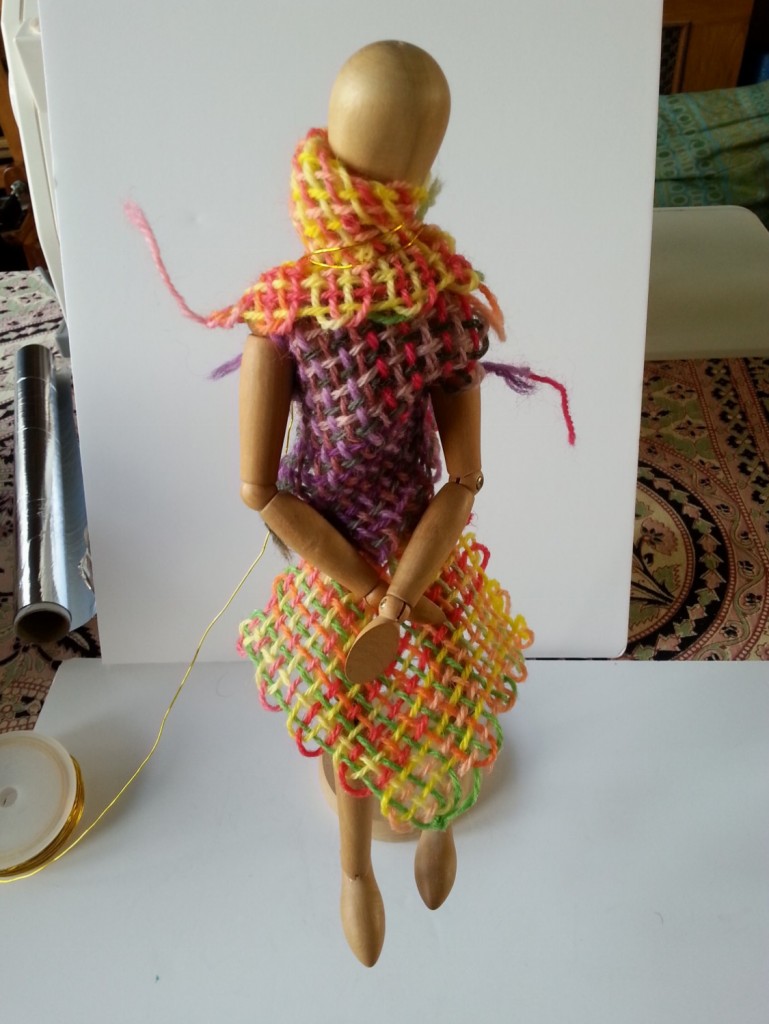
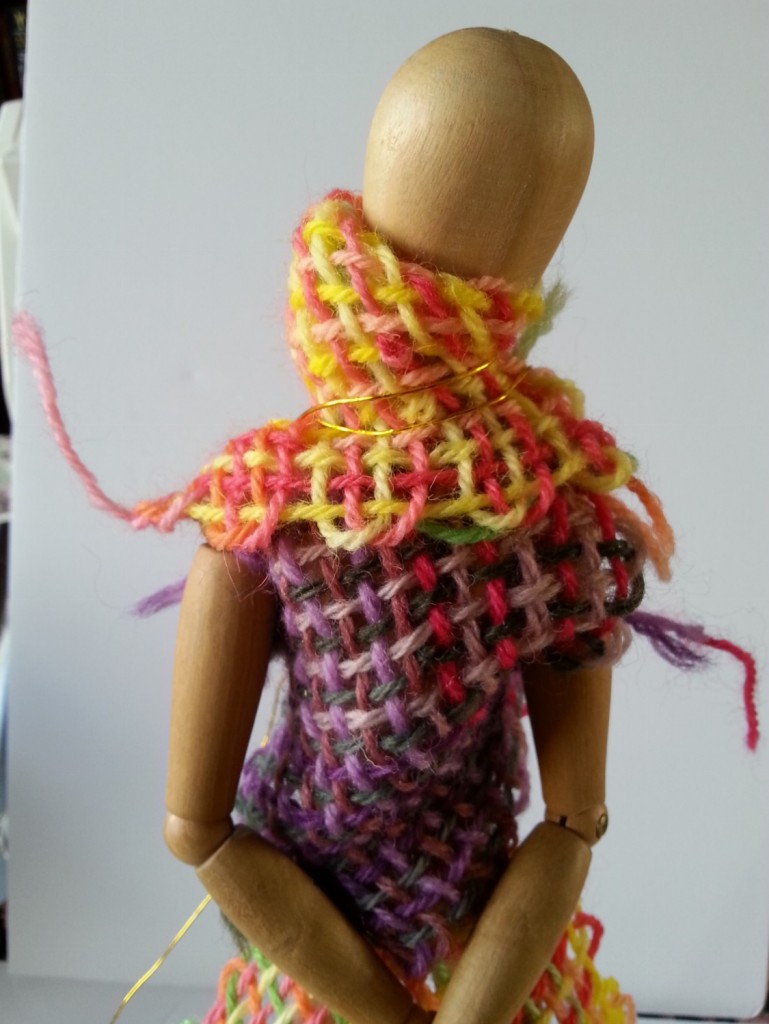
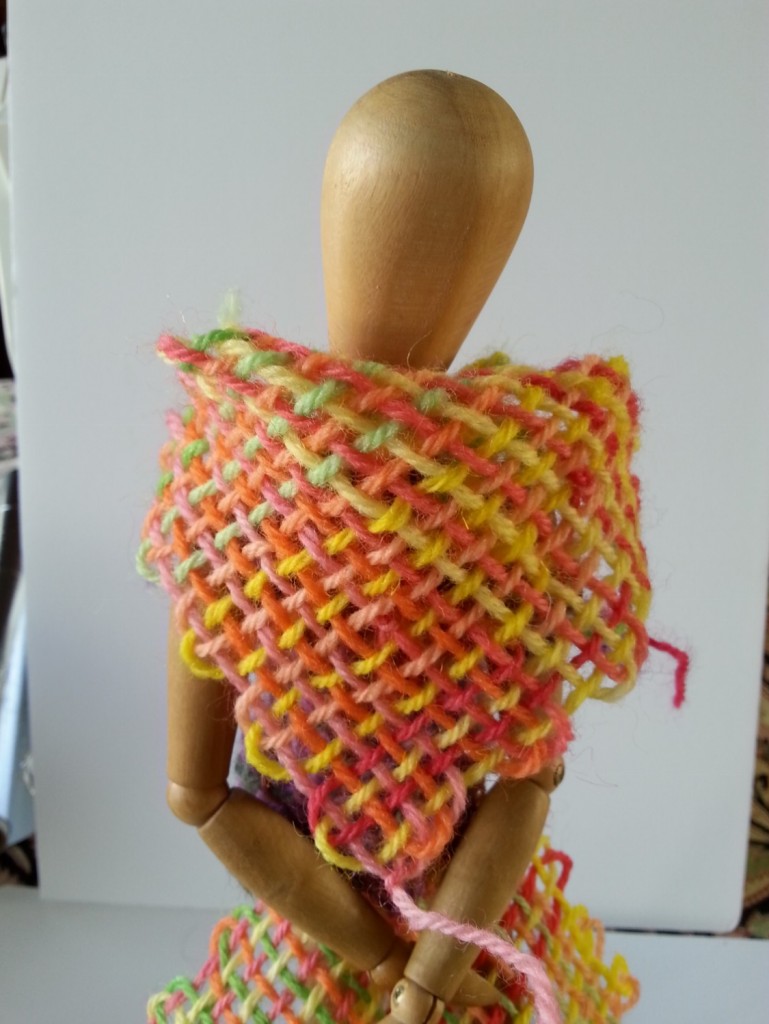
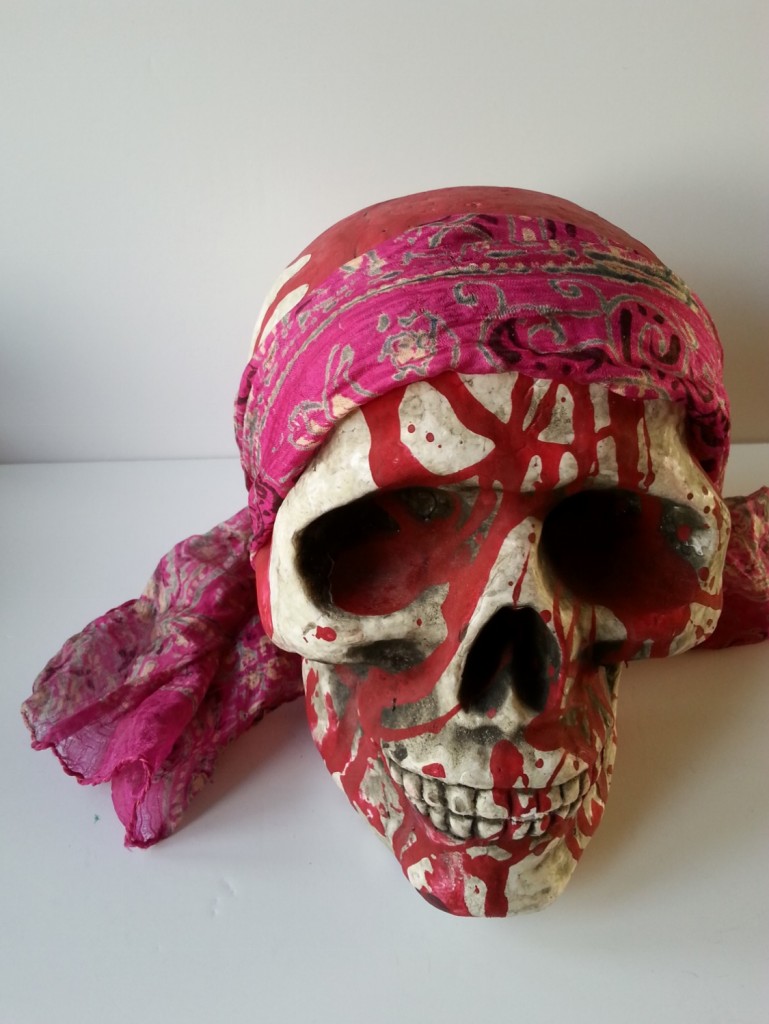
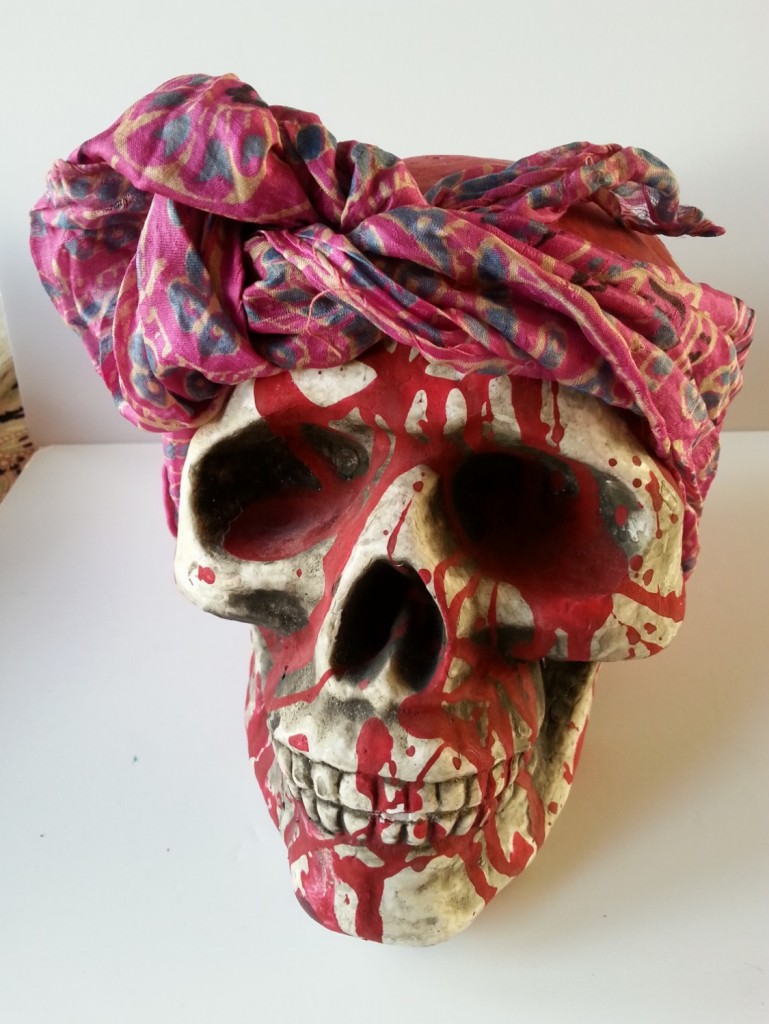
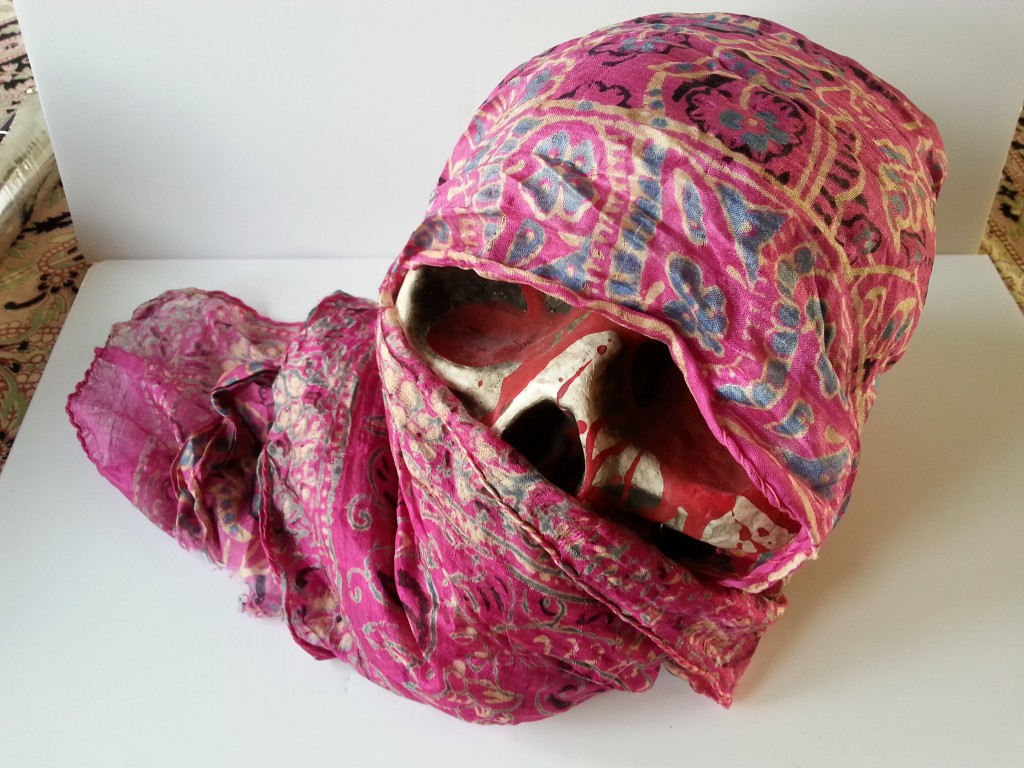

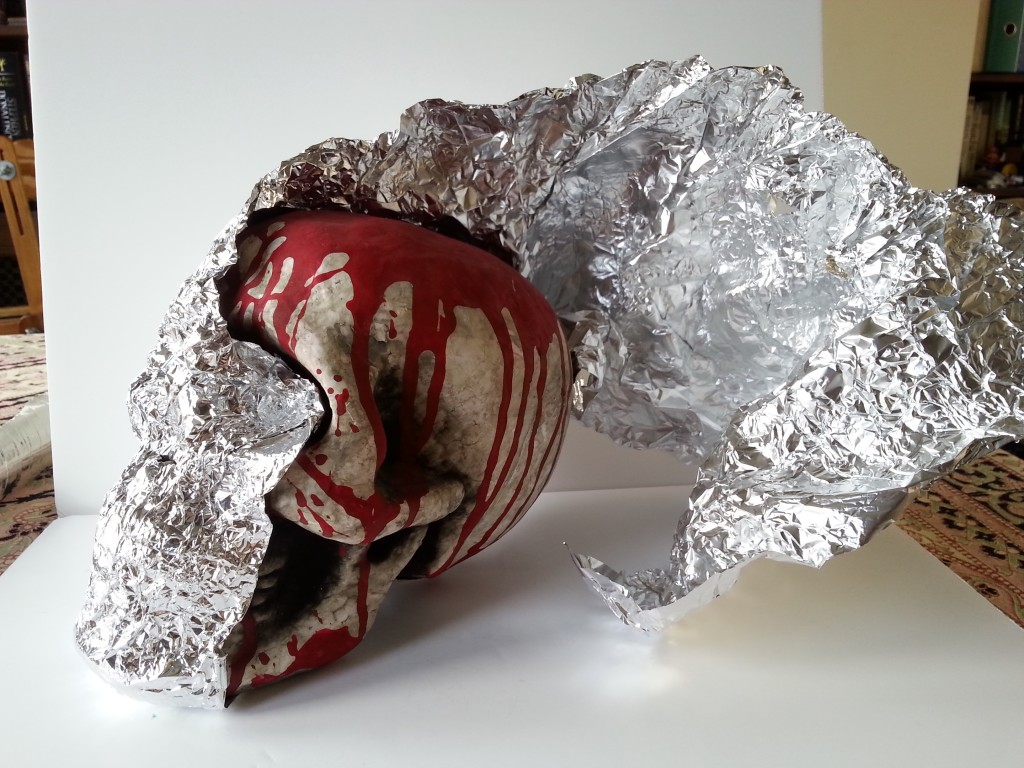
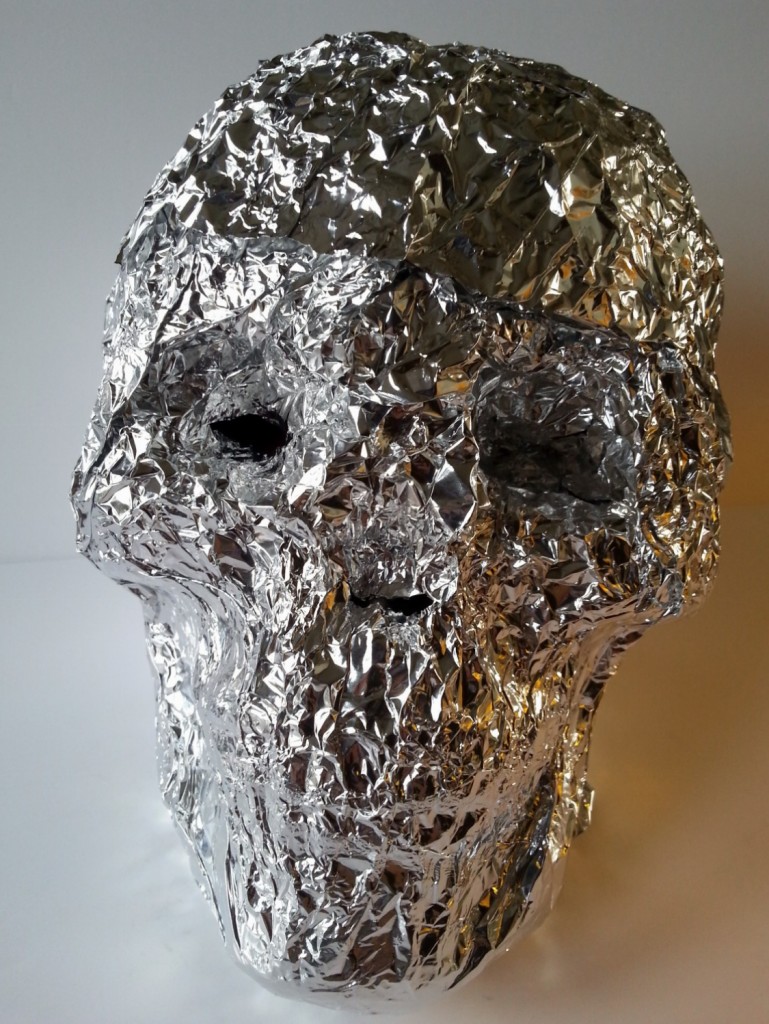
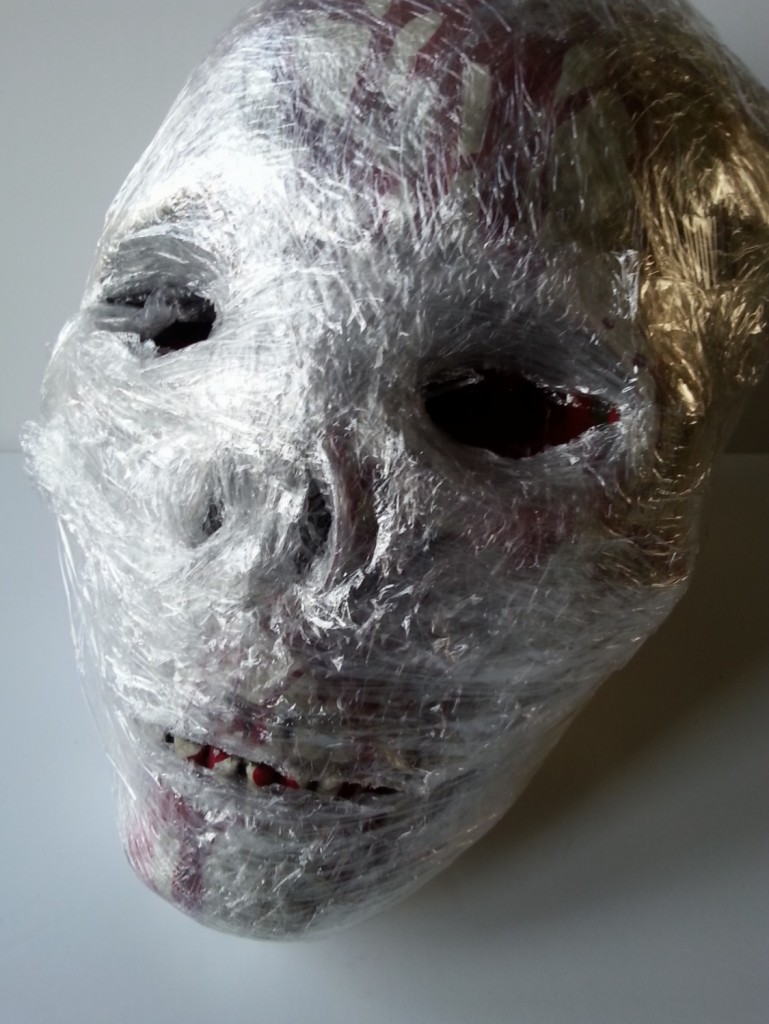
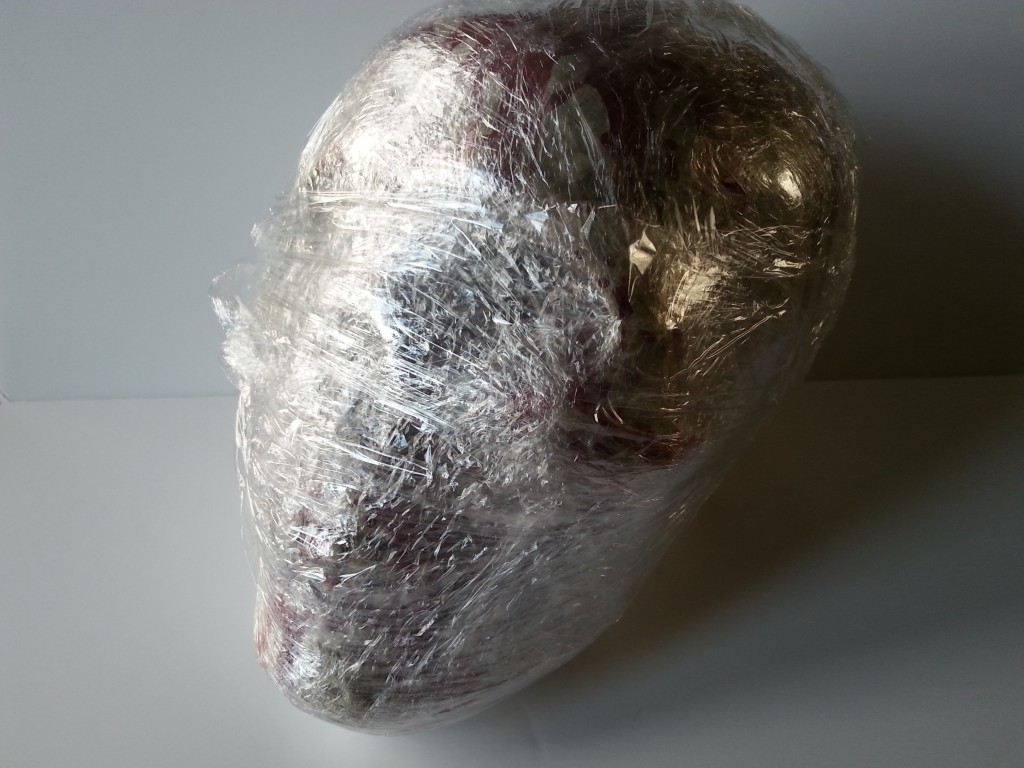
No Comments Yet